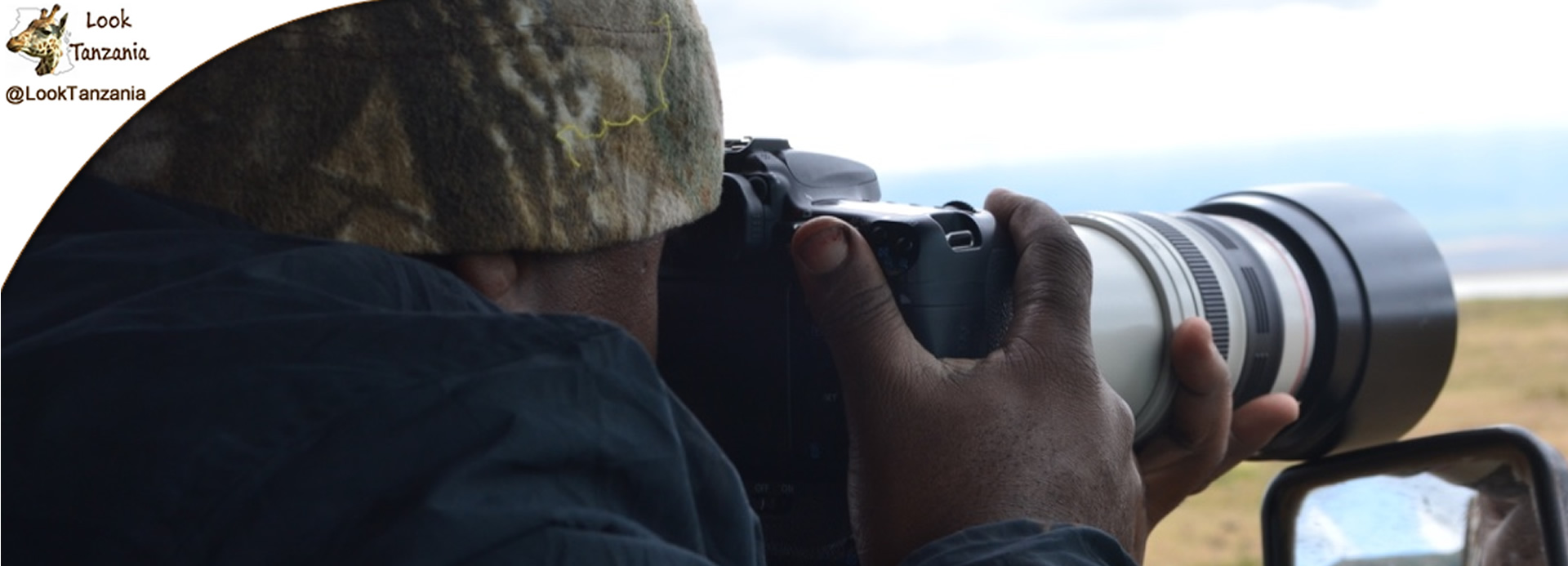The first and most important rule of nature photography is respect for the plants, animals and ecosystems you will be photographing. Respect has many aspects, first off you don’t want to disturb the animal and plant life. The upshot of being careful when shooting in nature is that animals behaving naturally are likely to make for better photographs. If you choose to take pictures of animals, no matter how careful you are, you will have to learn how to shoot subjects on the move. Accept this, and train yourself accordingly.
One of the greatest challenges of wildlife photography is the need to take pictures of subjects on the move. If you develop a keen interest, you will soon tire of taking photographs of stationary subjects, as zoom lenses and tele-converters are widely available, and the eagle perched on a branch isn’t as spectacular a shot as it once was.
The first thing you will need to do is make sure you and your camera are as stable as possible to avoid taking blurred photographs. A tripod is probably the best way to guarantee that you are not negatively affecting the shot you are trying to take. If you are holding your camera, hold it as close to your body as you can, this will help stabilize the picture. If you can still get a good view of your subject, lying on the ground is also an excellent way to increase your stability.
If you would like to take photographs about wildlife but want to get experience before you book that expensive trip to the game reserve or take a long drive out into the bush, your backyard is an excellent place to start.
You can set up a feeder on your own property, as long as the feeder looks natural, and you’ve erected it in a spot with good light. You should be able to take photographs of reasonably tame birds from relatively close-up, eliminating the requirement for expensive zoom lenses while you learn.
If you are photographing birds, finding out about their mating and migratory patterns shouldn’t be too difficult and will guarantee better opportunities for photographs.
Blog Post Courtesy:
National Geographic
ORMS Connect
JP Teaches Photo

